La calza fa parte delle decorazioni natalizie tradizionali. La sua origine però non è certa. Si racconta che nel medioevo, in Germania, la gente povera mettesse la notte del 24 Dicembre i propri zoccoli o stivali fuori dalla porta. Durante le ore più buie, i più ricchi del paese lasciavano cibo e monete dentro le scarpe, come doni.
The sock is part of the traditional Christmas decorations. Its origin, however, is not certain. It is said that in the Middle Ages, in Germany, on the night of December 24th, poor people left their clogs or boots on the doorstep. After dark, the wealthy people of the village left food and coins in their shoes as gifts.
Un’altra leggenda racconta che molto tempo fa un vedovo viveva con le sue tre bellissime figlie. L’uomo era disperato perché non sapeva cosa sarebbe successo alle ragazze dopo la sua morte, perché egli era troppo povero per dare loro una dote e farle sposare. Saint Nicholas, che era un uomo molto buono, decise di aiutare in segreto questa famiglia. Durante la notte della Vigilia di Natale buttò nella casa tre sacchetti colmi di monete d’oro e questi caddero dentro le calze che erano state appese alla mensola del camino ad asciugare. Il giorno dopo il padre e le figlie trovarono i doni e vissero felici e contenti.
Another legend tells that long time ago there was a widower who lived with his three beautiful daughters. The man was too poor to provide a dowry and nobody would marry them. So he was worried about what would happen to the girls after his death. Saint Nicholas, who was a very good man, decided to secretly help this family. During the night of Christmas Eve, he threw three bags full of gold coins into the house and they fell into the socks which were hung on the mantel to dry. The next day the father and the daughters found the gifts and lived happily ever after.
La tradizione di appendere alla mensola del camino le calze la notte prima di Natale è raccontata per la prima volta nella poesia “La notte prima di Natale” pubblicata il 23 dicembre 1823 in forma anonima su un quotidiano newyorkese e poi ufficialmente attribuita a Clement Clarke Moore.
The tradition of hanging the stockings by the fireplace on Christmas eve is told for the first time in the poem “The night before Christmas“. This composition was published anonymously on December 23rd 1823 on a New York newspaper and then officially attributed to Clement Clarke Moore .

via http://www.flickr.com by goddess of chocolate
Il testo racconta la Vigilia di Natale in una casa americana. Descrive Santa Claus come viene rappresentato ancora oggi: un uomo grassottello, con barba bianca, guance rosse, naso rosso ed un vestito con pelliccia. Egli arriva con la slitta trainata da 8 renne, vola sul tetto, mentre i bambini stanno dormendo e scende dal camino con un sacco pieno di giochi sulle spalle. Riempie le calze con doni e se ne va con la sua slitta, augurando buon Natale.
The rhymes describe the Christmas Eve in an American house. Santa Claus is represented as it’s still today: a chunky man with white beard, red cheeks and nose, wearing a fur. He arrives with his sleigh pulled by 8 reindeers. He flies on the roof, while the children are sleeping and goes down the chimney with a bag full of toys on his shoulder. He fills the socks with the gifts and leaves on his sleigh, wishing everybody Merry Christmas.
I tipici regali messi nelle calze di Natale erano principalmente caramelle e frutti, come mele, mandarini e noci, insieme qualche piccolo giocattolo. In certi paesi i bambini che non si erano comportati bene, ricevevano il carbone.
The typical gifts put in Christmas stockings were mainly sweets and fruits, like apples, mandarins and walnuts, together with some small toys. In some countries children who did not behave well received coal.
Fino agli anni ’40 si appendevano normali calze al camino. Con il tempo le famiglie iniziarono a personalizzarle con i nomi o decorazioni fino a quando diventarono veri e propri decori natalizi.
Quando scomparvero i camini dalle case, le calze vennero appese alla corda dei panni, tesa sulla parete nella stanza o sistemate sull’albero di Natale. I modelli si sono modificati nel tempo, ci sono state calze larghe o lunghe e strette, fatte a maglia o cucite di stoffa. Ai giorni d’oggi si possono acquistare calze pronte all’uso, ma quelle fatte in casa sono sempre le più belle.
Until the 1940s, normal socks were hung by fireplace. With time, families began to personalize them with names or decorations until they became real Christmas decorations.
When fireplaces disappeared, Christmas stockings were hung on clotheslines at the wall or placed on the Christmas tree. The shapes have changed over time: wide, long and tight, knitted or sewn. Nowadays you can buy ready to use stockings, but homemade socks are much more appealing.

Le calze di Natale che vi propongo quest’anno per la casa delle bambole sono da ricamare a punto croce o mezzo punto. Ho realizzato 4 soggetti natalizi diversi, che potete scaricare qui di seguito cliccando sulle singole immagini.
This year’s Christmas socks for the dollhouse are embroidered in cross stitch or needlepoint. I created 4 different Christmas motives. You can download them by clicking on the images below.
Il retro della calza può essere realizzato con un tessuto leggero oppure può essere ricamato anch’esso a punto croce o mezzo punto. Quando le calze sono appese, si vede comunque solamente un lato. E’ quindi una scelta di gusto personale, come realizzare la parte dietro.
Qui di seguito potete scaricare gli schemi per il retro ricamato con il motivo natalizio specchiato.
For the back you can choose a light fabric or you can embroider it, too. When the Christmas Stocking is hanging by the fireplace, you can see anyway only one side. Therefore, it’s a matter of personal taste, how to make the back part.
Below you can download the mirrored patterns for the embroidered back.
Qui di seguito ci sono invece gli schemi per ricamare il retro in tinta unita, senza decori.
Below you can download the patterns to embroider a plain back, without motif.
Ho chiesto a Franca Gamberoni di Framini di ricamare i quattro modelli e di realizzare le calze di Natale, documentando con foto i passaggi di come le ha assemblate. La ringrazio quindi molto per la preziosa collaborazione.
I asked Franca Gamberoni of Framini to embroider the four models and to make the Christmas stockings, taking pictures of the steps of how she put them together. Thank you so much Franca for your special collaboration!

Franca ha scelto di ricamare su lino leggero a tessitura regolare. Ha usato due diversi tipi di tele: una con la trama più fitta, ottenendo delle calze piccoline ed una più rada, ottenendo delle calze un po’ più grandi,
Per la scala 1:12 vanno bene sia le calze grandi che piccole. Le calze più piccole, che vedete sul palmo della mano qui sopra, potrebbero forse usate anche per la scala 1:24.
Franca chose to embroider on light linen with regular weaving. She used two different types of canvases: one with a thicker weft, obtaining tiny socks, and a thinner one, obtaining a slightly larger sock.
The two sizes are good for the 1:12 scale. The smaller one, that you can see in palm of the hand in the picture above, could maybe be used also for the 1:24 scale.

La tela usata per le calze più grandi ha 12 fili per 1 cm, corrispondente al 30 count. La dimensione del ricamo su questa tela è alto 3,3 cm e largo 1,78 cm (1, 3 x 0,7 pollici).
Per ottenere una buona copertura con i filati, lo schema è stato ricamato a punto croce con un solo capo di filo Moulinè, prendendo un solo filo della trama e dell’ordito della tela. Qui un’introduzione al ricamo ed una spiegazione del ricamo su un filo.
The canvas used for the larger socks has 12 threads per 1 cm, corresponding to 30 count. The size of the embroidery on this canvas is 3.3 cm high and 1.78 cm wide (1.3 x 0.7 inches).
For a good coverage with the threads, the pattern was embroidered in cross-stitch with only one strand of Moulinè thread, stitching one over one. Here a good tutorial. Beginners can read this introduction to cross stitch.

La tela usta per le calze più piccole ha 16 fili in 1 cm e corrisponde ad un 40 count. Le dimensioni di questo ricamo sono 2,48 cm di altezza e 1,33 cm di larghezza (0,98 x 0,53 pollici).
La versione più piccola è stata ricamata a mezzo punto con un solo capo di filo Moulinè, prendendo un solo filo della trama e dell’ordito della tela. Sul sito di Janet Granger potete trovare una spiegazione di come ricamare il mezzo punto e spiegazioni del ricamo in miniatura in genere. Janet ha scritto anche un post dedicato alle calze di Natale.
The canvas she used for the smaller socks has 16 threads in 1 cm and corresponds to a 40 count. The dimensions of this embroidery are 2.48 cm in height and 1.33 cm in width (0.98 x 0.53 inches).
The smaller version was embroidered in needlepoint with only one strand of Moulinè thread, stitching one over one. On Janet Granger’s site there is a tutorial for needlepoint and embroidery in miniature in general. Janet also wrote a post dedicated to Christmas stockings.

Una volta ricamato lo schema, si ritaglia la calza, lasciando un margine di 3 mm (1/8 inches) tutto attorno. Per evitare che i bordi si sfilaccino, stendere lungo tutto il contorno un velo di colla vinilica o di colla per tessuto.
Una volta asciutta, nei punti dove ci sono delle curve praticare dei tagli, come nella foto, senza arrivare però troppo vicino al ricamo. Questo agevolerà la piegatura della stoffa contro il retro del ricamo.
Risvoltare sul rovescio del lavoro tutti i bordi, piegando lungo il limite del ricamo in modo preciso. Assicuratevi che la tela bianca non sia visibile sul davanti del lavoro. Marcate bene la piega, pressandola con l’unghia.
Once the pattern is embroidered, cut out the sock leaving a seam allowance of 3 mm (1/8 inches) all around. To prevent from fraying, apply a thin layer of vinyl glue or fabric glue along the entire contour.
When the glue is dry, make tiny cuts in correspondence of the curves, as shown in the picture above. Don’t get too close to the embroidery. These cuts will make it easier to fold the fabric against the back of the embroidery.
Turn over all the unworked canvas on the back, bending precisely along the edge of the embroidery. Make sure that the white canvas isn’t visible on the front of the embroidery. Mark the fold by pressing it with your fingernail.


Fissare tutti i bordi al retro con piccoli punti, senza passare sul davanti del ricamo.
Stitch the seam allowance to the rear of the embroidery with small stitches and without going through the cloth.

Franca ha realizzato il retro delle calze in due modi diversi. Per le calze più grandi ha scelto una stoffa leggera in tinta unita di un bel rosso natalizio, che riprende il colore del bordo ricamato.
Mentre per le calze più piccole ha realizzato il retro ricamato in tinta unita dello stesso colore del davanti.
Franca made the back of the socks in two different ways. For the bigger stockings, she chose a light solid colored fabric of the same red of the embroidered border.
While for the smaller socks, she embroidered the plain pattern in the same color of the front piece.

Per realizzare il retro in stoffa, ha tracciato sulla tela i contorni della calza ricamata. Ha ritagliato poi la sagoma lasciando un margine di 3 mm (1/8 inches) su ogni lato. In seguito ha praticato dei taglietti in corrispondenza delle curve ed ha passato su tutti i bordi la colla, per evitare che la stoffa si sfilacci.
Ha piegato bene lungo il segno tracciato ed ha marcato le pieghe con l’unghia. Il segno della sagoma va lasciatolo all’interno, dentro la piega, così che non sia visibile.
To make the back in fabric, she traced the contours of the embroidered sock on the canvas. Then she cut it out leaving a seam allowance of 3 mm (1/8 inches) all around. She made small cuts in correspondence of the curves and applied a thin amount of glue on all edges to prevent the fabric from fraying.
She folded along the marked lines and pressed the folds with her fingernail. The contour lines should be left inside the fold, so that they remain invisible.

Per assemblarle, ha appoggiato il rovescio della calza ricamata sul rovescio della stoffa con la sagoma della calza. Con piccoli punti ha cucito insieme i due tessuti, lasciando aperta la parte in alto, dove verranno inseriti i doni. Per rendere la cucitura meno visibile ha usato il filo Moulinè dello stesso colore del ricamo.
To assemble the stocking, she laid the back of the embroidered sock on the back of the fabric with the shape of the sock. She sew the two fabrics together with small stitches and leaving the opening at the top open. So it will be possible to fill it with gifts. To make the stitching almost invisible, she used one strand of the Mouliné thread in the same color as the embroidery.

Le calze con il retro ricamato sono state assemblate allo stesso modo.
The socks with the embroidered back were put together in the same way.

In questa foto si vedono le due versioni nelle loro proporzioni reali. Le calze più grandi , quelle ricamate sulla tela 30 count, se usate nella case delle bambole in scala 1:12 misurerebbero nella realtà 40 cm. In una casa della Barbie in scala 1/6 sarebbero nella realtà lunghe 20 cm.
Le calze piccole, ricamate sulla tela 40 count, se usate in una casetta in scala 1:12 misurerebbero nella realtà 30 cm. Mentre in una casa in scala 1:24 sarebbero nella realtà lunghe 60 cm, forse un pochino grandi…
In this photo you see the two versions in their real proportions. The larger socks, embroidered on the 30 count canvas, measure 40 cm in reality, if used in the dollhouse in 1:12 scale. In a Barbie house in 1/6 scale they would actually be 20 cm long.
The small socks, embroidered on the 40 count canvas, if used in a dollhouse house in 1:12 scale would measure 30 cm in reality. While in a 1:24 scale dollhouse they would actually be 60 cm long, maybe a little big …

Per rifinirle meglio si può attaccare un cordoncino tutt’attorno. Serve a nascondere le cuciture sui lati. Si può fissarlo con piccoli punti o con pochissima colla. All’estremità dell’apertura Franca ha creato con lo stesso cordoncino un occhiello, che servirà per appendere la calza.
Le calze di Natale sono quindi pronte per essere riempite di dolci e piccoli doni.
The socks are almost ready. Franca added a finishing cord to hide the seams on the sides. It can be stitched with small stitches or it can be attached with a very thin amount of glue. At one end of the opening Franca created an eyelet with the same cord. It will be used to hang the sock.
The Christmas stockings are now ready to be filled with sweets and small gifts.
Un’idea carina per appendere le calze in modo facile alla mensola del camino nella casa delle bambole è sul sito inspiration and realisation. Servono solo uno stecco del gelato, del pizzo e dei gancetti.
Qui di seguito ho raccolto i link ai siti che offrono spiegazioni o schemi gratuiti per realizzare delle calze di Natale in miniatura. Cliccate sulle foto per raggiungere la pagina collegata.
You can find on inspiration and realisation a nice idea to easily hang the socks at the mantelpiece in the dollhouse. You just need a popsicle stick, lace ribbon and hooks.
Below I’ve collected the links to sites that offer free tutorials or patterns for making miniature Christmas stockings. Click on the picture to be directed to the linked site.
Senza dimenticare il mio post di 4 anni fa, dove spiegavo come avevo realizzato delle calze di Natale di tessuto.
Without forgetting my post published 4 years ago, where I explained how I made some fabric Christmas socks.
Seguono i link ai siti che offrono le spiegazioni per realizzare delle mini calzine a maglia. Prima d’iniziare il lavoro controllate le dimensioni, perché alcune mi sembrano un po’ grandi.
The following links brings you to those sites that offer explanations for making mini knitted socks. Before you start to knit check the size, because some seem a bit ‘big to me.
Personalmente non l’ho mai provato, ma le calzine potrebbero essere stampate anche su stoffa e poi cucite. Qui due modelli da acquistare sul sito crafts ü print. Sono stati creati per farne dei biglietti d’auguri, ma la grafica si presta anche come stampa per delle calze in miniatura di stoffa.
Personally I have never tried it, but the socks could also be printed on fabric and then sewn together. Here two models that you can buy on the site crafts ü print. They were created to make greeting cards, but the graphics may also be printed to make miniature stockings out of cloth.
Su Etsy trovate da TheQuarterSource diversi kit per realizzare calze di Natale di stoffa come quello nella foto qui sotto.
On Etsy you can found by TheQuarterSource different kits to make cloth Christmas stockings like the one in the picture below.
Esistono in vendita bellissimi kit per ricamare le calze di Natale. Li trovate nei seguenti siti.
There are beautiful kits for embroidered Christmas socks to buy. You can find them on the following sites.
Se preferite invece acquistare le calze di Natale già pronte, potete visitare i seguenti negozi online.
If you prefer to buy ready-made mini Christmas stockings instead, you can visit the following online shops.
Infine qui di seguito altre calze da guardare ed ammirare.
Finally below other socks to watch and admire.
Questo progetto fa parte del Calendrier de l’Avent 2018 organizzato da Joc, che ringrazio di cuore per avermi fatto partecipare anche quest’anno.
Questa è ormai la quinta volta che un mio progetto appare in questo calendario. Nel 2014 erano apparse le mie calze di Natale di tessuto. L’anno successivo ci fu il braciere. Nel 2016 fu la volta del baule. L’anno scorso partecipai con i soldatini. Ed ora con le calze ricamate, che spero vi siano piaciute.
Continuate a scoprire giorno dopo giorno le sorprese nascoste nel Calendario 2018, aspettando il Natale.
Vi auguro di passare serene feste con le persone che più amate e d’iniziare il nuovo anno con tanti progetti e nuova energia!
This project is part of the Calendrier de l’Avent 2018 organized by Joc. I sincerely thank her for letting me be part of it this year again.
This is now the fifth time that my projects appear on this calendar. I started in 2014 with my fabric Christmas stockings. The following year there was the fire basket. In 2016 it was the turn of the trunk. Last year I participated with the toy soldiers. And now with the embroidered socks, which I hope you enjoyed.
Continue to discover the hidden surprises in the 2018 Calendar day by day, waiting for Christmas.
I wish you to spend peaceful days with the people you love most and to start the new year with many projects and new energy!


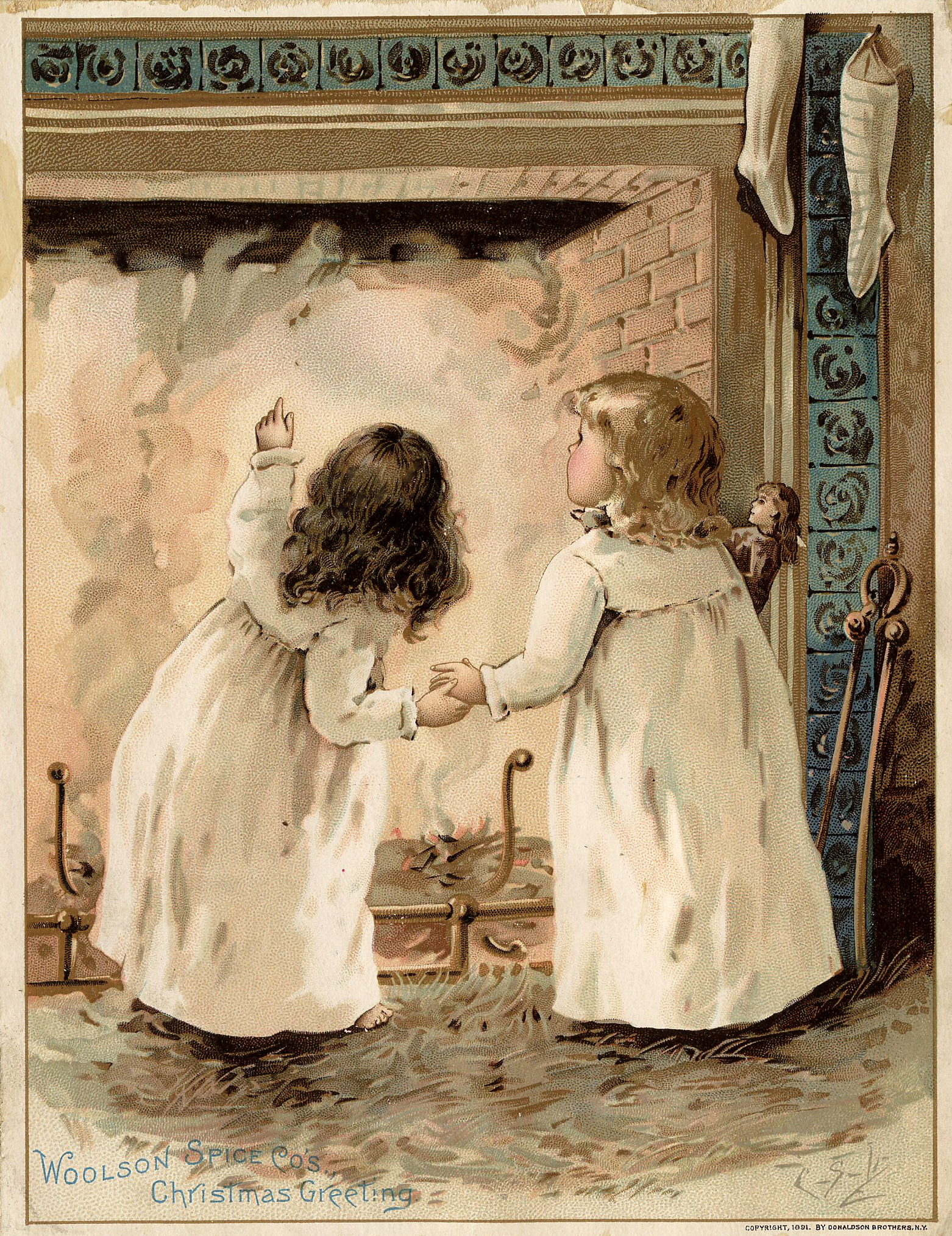


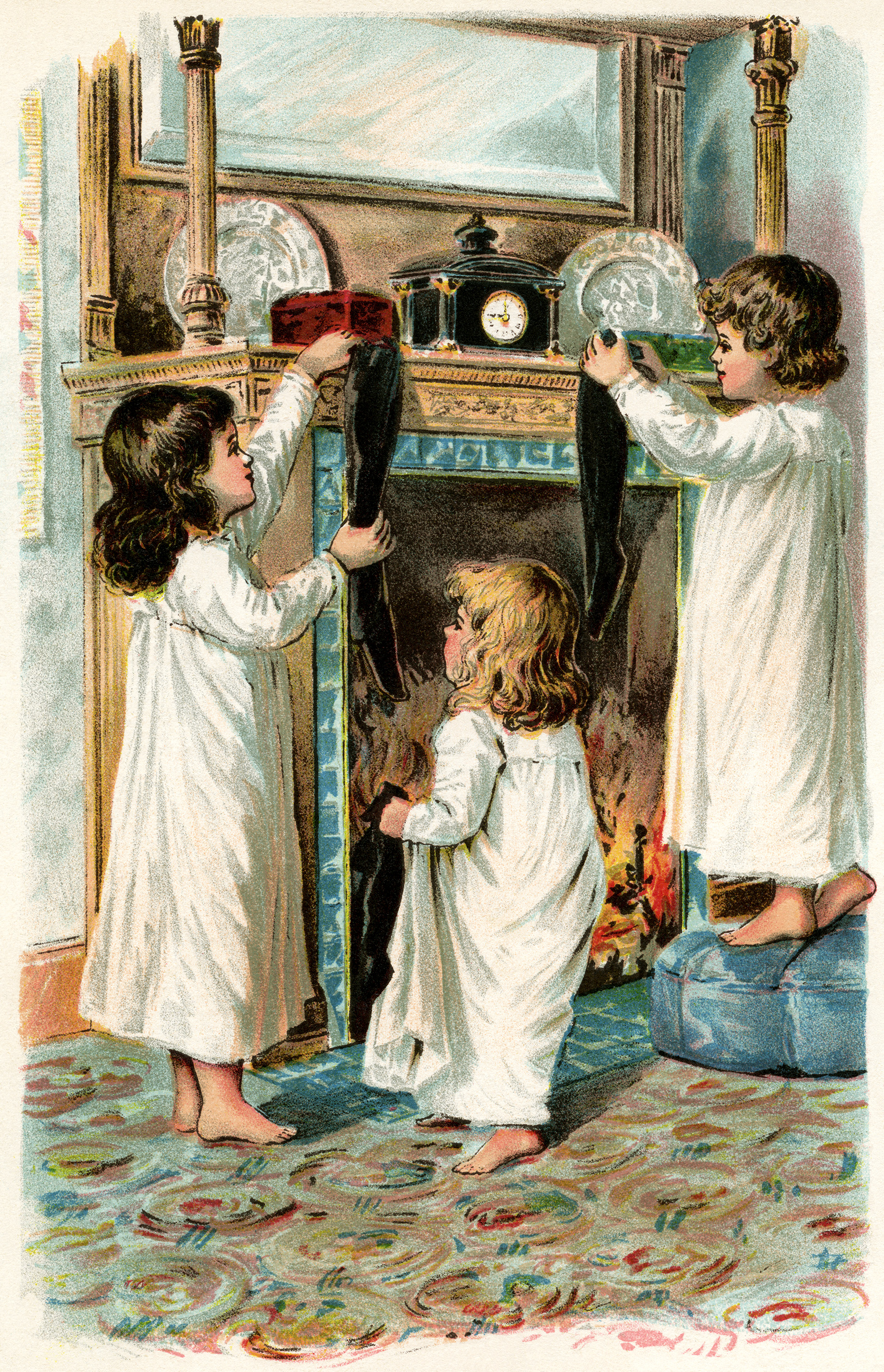






















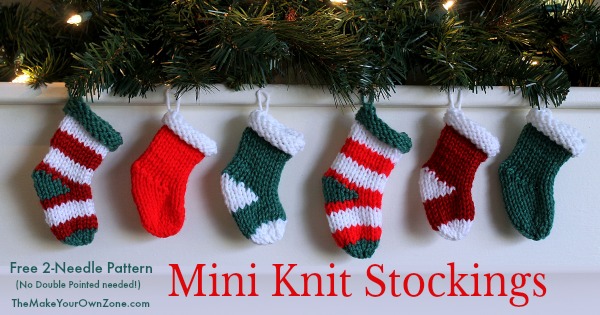
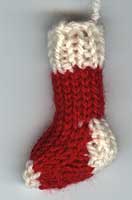



















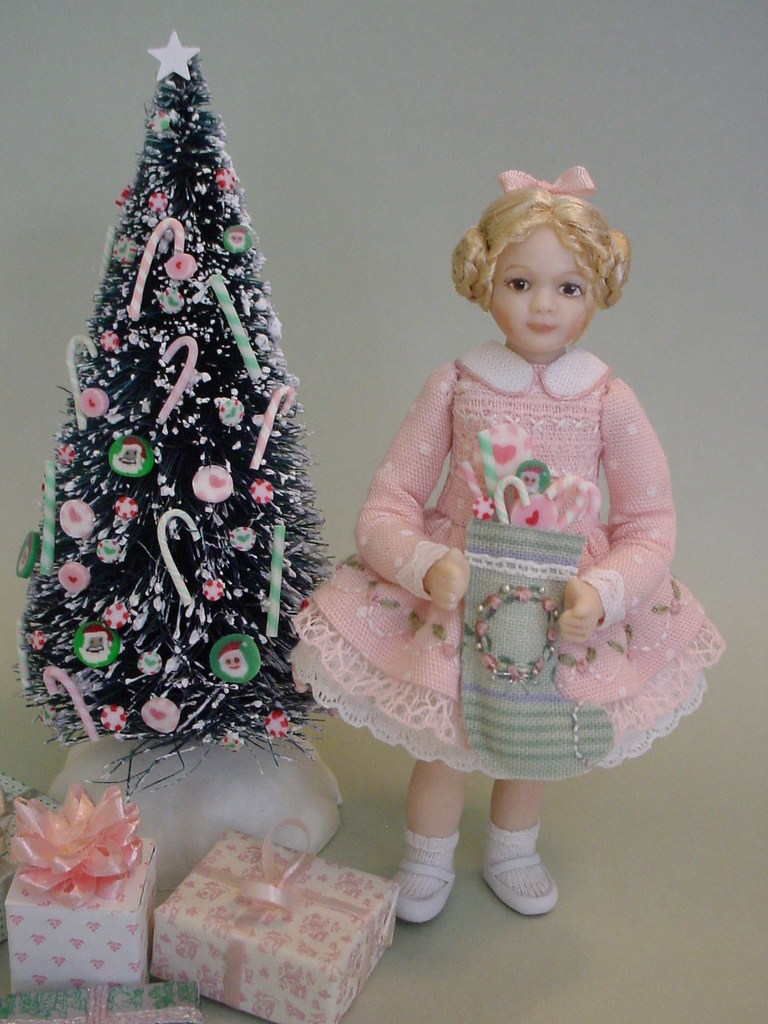
:max_bytes(150000):strip_icc()/miniature-christmas-cabin-stocking-57c4c3b33df78cc16ee599dc.jpg)
















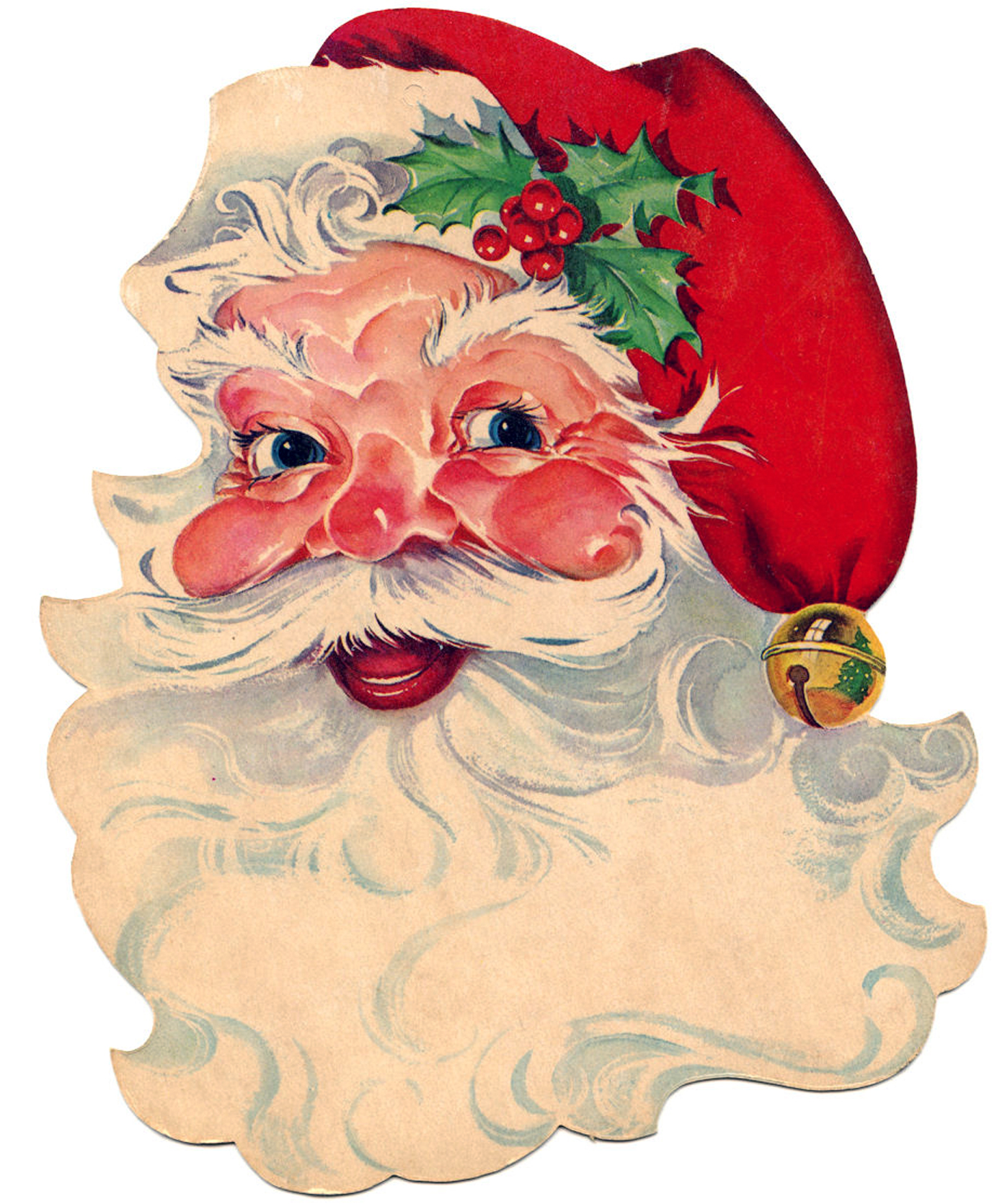

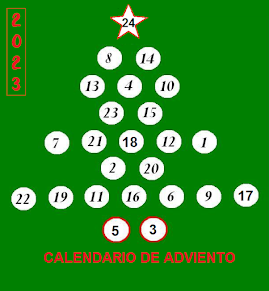










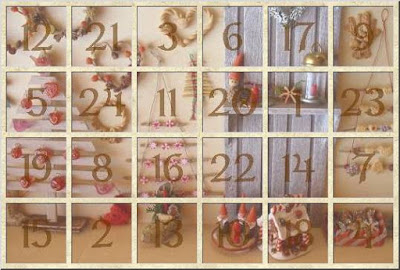
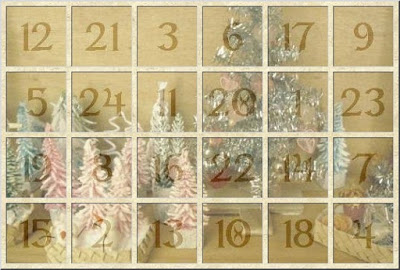












WOW Ersilia! What a history you’ve discovered and what a treasure trove of Christmas Stockings you’ve uncovered! Who knew??? 😀
Have a Very Happy Christmas and I hope Santa fills your stockings to the brim! ❤️
"Mi piace"Piace a 1 persona
Merry Christmas dear Elizabeth!! 🎅🏻❤️🎅🏻
"Mi piace""Mi piace"
Maravilloso artículo sobre los calcetines de Navidad. Como siempre es impactante. Gracias por ampliar nuestros conocimientos y enseñarnos esos calcetines tan bonitos. Un beso y FELIZ NAVIDAD!!
"Mi piace"Piace a 1 persona
Grazie cara Matxalen! Buon Natale anche a te 🎅🏻🎁🎅🏻
"Mi piace""Mi piace"
Super-Wow 😍
Vi auguro un magnifico, sereno Natale 🌲💕
Sid
"Mi piace"Piace a 1 persona
Grazie Sid! Buon Natale anche a te 🎅🏻🎁🎅🏻🎁🎅🏻
"Mi piace"Piace a 1 persona
Preciosos modelos.
Te deseo una Feliz Navidad.
"Mi piace"Piace a 1 persona
Grazie Isabel! Buon Natale anche a te 🎅🏻
"Mi piace""Mi piace"
Pingback: Le costruzioni con carretto – Pull along building block set | Dada's dollhouse